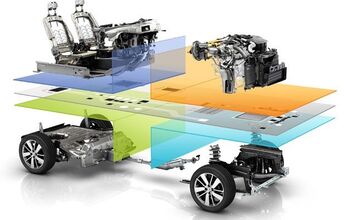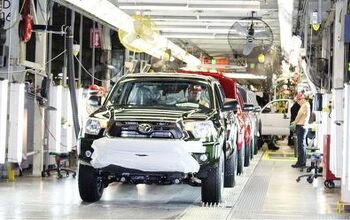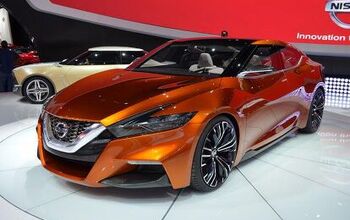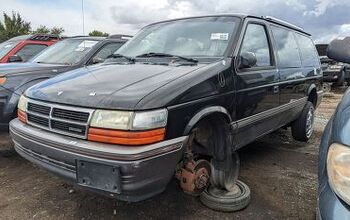Lastest Japanese Export: Car Factories

One by one, Japanese automakers are turning their back on Nippon and establish production in low cost countries. Can’t blame them: The high yen makes exports prohibitively expensive. On the other hand, a higher and higher yen buys more and more production capacity abroad. Nissan has been on the forefront of this movement, maybe because its CEO isn’t Japanese. Now, Nissan bolsters its presence in Indonesia.
We often forget that Indonesia is a very populous country, with a population of 240m, if the CIA Factbook has its facts together. Indonesia also has favorable government policies that make the country attractive for exports, said Toru Hasegawa, an executive in charge of Nissan’s Asian operations outside of Japan and China. “We need to be thinking about the next step of Nissan’s globalization. Indonesia has a very high quality work force and very low labor costs,” Hasegawa said. And for domestic consumption, Nissan may benefit from a proposed lower tax for fuel-efficient cars. What more do you need?
So Nissan is investing a paltry $20 million into their plant in Indonesia to double the capacity in the country to 100,000 vehicles a year by 2013, writes the Jakarta Globe.
Like Nissan, Toyota is shifting output to other countries, particularly emerging markets. The plan is to cut production capacity in Japan by about 20 percent within five years. Soon, that Japanese import will come from anywhere but Japan.

Bertel Schmitt comes back to journalism after taking a 35 year break in advertising and marketing. He ran and owned advertising agencies in Duesseldorf, Germany, and New York City. Volkswagen A.G. was Bertel's most important corporate account. Schmitt's advertising and marketing career touched many corners of the industry with a special focus on automotive products and services. Since 2004, he lives in Japan and China with his wife <a href="http://www.tomokoandbertel.com"> Tomoko </a>. Bertel Schmitt is a founding board member of the <a href="http://www.offshoresuperseries.com"> Offshore Super Series </a>, an American offshore powerboat racing organization. He is co-owner of the racing team Typhoon.
More by Bertel Schmitt


































Comments
Join the conversation
Japan's electronics companies were way ahead of the auto makers in moving production out of Japan. Here in the US one rarely sees a Japanese branded consumer product which is actually made in Japan. Bridgestone seems to be all over that trend as well, with many of their tires now made in Indonesia.
The big boys Honda, Nissan and Toyota will have no trouble setting up plants in lower wage countries, such as Indonesia or Thailand. It'll be more of a stretch for smaller firms such as Mazda and Suzuki to be everywhere at once. Japanese manufacturers keep pretty good tabs on not only their product designs, but also assembly technologies such as automated robots in their overseas factories. There's also money to made in selling machine tools, presses, dies, and maintenance.